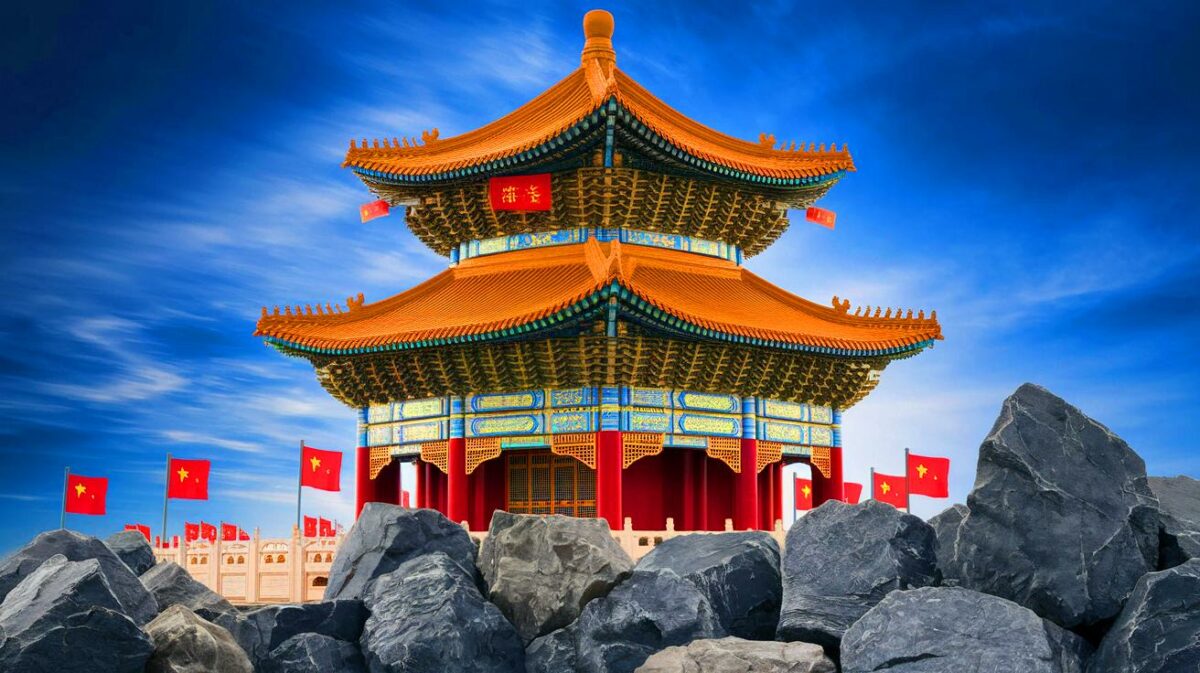| IN A NUTSHELL |
|
The ongoing trade war between the United States and China has taken a new, dramatic turn. China has strategically targeted a domain where the West is particularly vulnerable: rare earth elements. These strategic materials are essential in various tech and industrial sectors, and they have become the focal point of escalating tensions between these economic powerhouses. As both nations engage in tit-for-tat tariff exchanges, the implications for global trade and technological advancement are profound.
The Strategic Importance of Rare Earth Elements
Rare earth elements, a group of 17 elements, are critical in manufacturing a wide range of technologies including smartphones, batteries, wind turbines, solar panels, electric vehicles, satellites, missiles, and even electronic chips. Without these materials, much of our modern economy would grind to a halt. The ubiquity of these elements in everyday and strategic applications underscores their importance on the global stage.
China’s position is particularly dominant in this sector. The country is responsible for approximately 90% of the world’s rare earth production. While China may not hold all the global reserves, it controls a significant portion of their extraction and, more importantly, the industrial processing. This near-monopoly provides China with considerable leverage over Western countries, which remain heavily reliant on its exports. The geopolitical clout derived from this control is immense, making rare earths a potent tool in international diplomacy and economic strategy.
“Unprecedented Military Upgrade”: Senators Reveal Massive Boost for Trump’s Iron Dome
The Immediate Impact of China’s Tariff Response
On April 10, China will implement a 34% tax on all American products imported into its territory. This move is a direct response to the tariffs imposed by the U.S. under President Donald Trump’s administration, which are set to take effect on April 9. The timing of these actions is no coincidence, signaling the calculated nature of Sino-American trade relations.
In addition to the tariffs, China is suspending import licenses for six American companies and tightening export controls on certain rare earths. This is not the first time the administration of Xi Jinping has wielded export restrictions as a geopolitical pressure tool. By doing so, China aims to protect its strategic interests amid ongoing tensions. Such measures have been justified under the guise of “national security,” though the underlying motives are clear to all.
The Risks of China’s Strategy
While these actions may bolster China’s position in the immediate trade conflict, they come with inherent risks. A similar strategy in 2010 led to a strategic shift among several countries, prompting them to seek alternative suppliers and develop new sources. This response could potentially recur, challenging China’s dominance over the long term.
Nonetheless, in the short term, the United States and its allies have limited options. Supply chains remain heavily reliant on Chinese refining, and establishing local infrastructure is both slow and expensive. Even with diversification efforts, China remains a critical piece of the puzzle and will likely continue to hold significant sway over the market for years to come. This recent escalation underscores that the conflict between China and the United States has evolved beyond mere trade disputes to a strategic confrontation aimed at weakening the other’s technological supremacy.
The Global Ramifications of a New Cold War
The use of rare earths as a strategic weapon in the trade war highlights a new dimension of global geopolitical tensions. The United States has long recognized its dependency on these materials as a vulnerable point, and China appears poised to exploit this weakness. With rare earths emerging as a critical factor in this new Cold War, the world is witnessing an era where economic and technological dominance are inextricably linked.
The implications of this conflict are profound, affecting everything from military capabilities to consumer electronics. As nations scramble to secure their supply chains and reduce dependency, the global landscape of technology and industry may undergo significant shifts. The ongoing struggle over rare earths will likely shape international relations and economic policies for years to come, making it one of the most significant geopolitical issues of our time.
As the trade war intensifies, the strategic use of rare earths by China raises questions about the future of global commerce and technological development. Will the West be able to mitigate its dependence on Chinese resources, or will China’s dominance in this sector continue to grow? The world watches closely as this critical battle unfolds, pondering the next move in this high-stakes game of economic chess.
Did you like it? 4.5/5 (28)









Wow, this is like a real-life game of Risk! 🎲 What’s next, tariffs on board games?